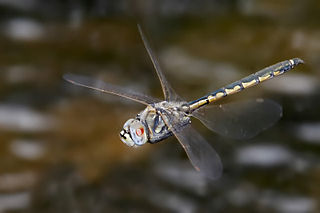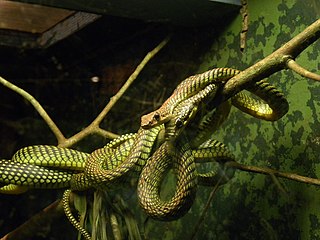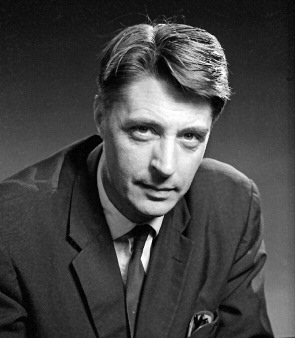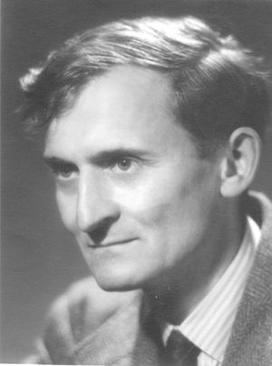Related Research Articles

Hummingbirds are birds native to the Americas and comprise the biological family Trochilidae. With about 366 species and 113 genera, they occur from Alaska to Tierra del Fuego, but most species are found in Central and South America. About 28 hummingbird species are listed as endangered or critically endangered, with numerous species declining in population.

The hummingbird hawk-moth is a species of hawk moth found across temperate regions of Eurasia. The species is named for its similarity to hummingbirds, as they feed on the nectar of tube-shaped flowers using their long proboscis while hovering in the air; this resemblance is an example of convergent evolution.

The Sphingidae are a family of moths (Lepidoptera) called sphinx moths, also colloquially known as hawk moths, with many of their caterpillars known as “hornworms”; it includes about 1,450 species. It is best represented in the tropics, but species are found in every region. They are moderate to large in size and are distinguished among moths for their agile and sustained flying ability, similar enough to that of hummingbirds as to be reliably mistaken for them. Their narrow wings and streamlined abdomens are adaptations for rapid flight. The family was named by French zoologist Pierre André Latreille in 1802.

Sir Michael James Lighthill was a British applied mathematician, known for his pioneering work in the field of aeroacoustics and for writing the Lighthill report on artificial intelligence.

Bird flight is the primary mode of locomotion used by most bird species in which birds take off and fly. Flight assists birds with feeding, breeding, avoiding predators, and migrating.

Insects are the only group of invertebrates that have evolved wings and flight. Insects first flew in the Carboniferous, some 350 million years ago, making them the first animals to evolve flight. Wings may have evolved from appendages on the sides of existing limbs, which already had nerves, joints, and muscles used for other purposes. These may initially have been used for sailing on water, or to slow the rate of descent when gliding.

Paradise tree snake or paradise flying snake is a species of snake found in southeastern Asia. It can, like all species of its genus Chrysopelea, glide by stretching the body into a flattened strip using its ribs. It is mostly found in moist forests and can cover a horizontal distance of 10 meters or more in a glide from the top of a tree. Slow motion photography shows an undulation of the snake's body in flight while the head remains relatively stable, suggesting controlled flight. They are mildly venomous with rear fangs and also can constrict their prey, which consists of mostly lizards and bats.

Campaniform sensilla are a class of mechanoreceptors found in insects, which respond to local stress and strain within the animal's cuticle. Campaniform sensilla function as proprioceptors that detect mechanical load as resistance to muscle contraction, similar to mammalian Golgi tendon organs. Sensory feedback from campaniform sensilla is integrated in the control of posture and locomotion.

In zoology, a nectarivore is an animal which derives its energy and nutrient requirements from a diet consisting mainly or exclusively of the sugar-rich nectar produced by flowering plants.

Torkel Weis-Fogh was a Danish zoologist and Professor at the University of Cambridge and the University of Copenhagen. He is best known for his contributions to the understanding of insect flight, especially the clap and fling mechanism used by very small insects. James Lighthill named this "the Weis-Fogh mechanism of lift generation".

Encarsia formosa is a species of chalcidoid wasp and a well known parasitoid of greenhouse whitefly, one of the first to be used commercially for biological pest control, from the 1920s. They can use at least 15 species of whitefly as a host, including Bemisia tabaci and Aleyrodes proletella.
Sir James Gray, was a British zoologist who helped establish the field of cytology. Gray was also known for his work in animal locomotion and the development of experimental zoology. He is known for Gray's Paradox concerning dolphin locomotion.

In behavioral biology, the optomotor response is an innate, orienting behavior evoked by whole-field visual motion and is common to fish and insects during locomotion, such as swimming, walking and flying. The optomotor response has algorithmic properties such that the direction of the whole-field coherent motion dictates the direction of the behavioral output. For instance, when zebrafish larvae are presented with a sinusoidal black and white grating pattern, the larvae will turn and swim in the direction of the perceived motion.

Mark Gillachrist Marlborough Pryor was a British biologist, who was Senior Tutor and Fellow of Trinity College, Cambridge.
Adrian Leland Rees Thomas is a professor of biomechanics at the University of Oxford and Director of Studies in Biological Sciences at Lady Margaret Hall, Oxford running the Animal Flight Research Group. He is co-founder and Chief Scientific Officer at Animal Dynamics and is also chairman of the flight section of the Bionis International Biomimetics Network.

Akito Y. Kawahara is an American and Japanese entomologist, scientist, and advocate of nature education, and the son of the modern conceptual artist On Kawara.
A metachronal swimming or metachronal rowing is the swimming technique used by animals with multiple pairs of swimming legs. In this technique, appendages are sequentially stroked in a back-to-front wave moving along the animal’s body. In literature, while metachronal rhythm or metachronal wave usually refer to the movement of cilia; metachronal coordination, metachronal beating, metachronal swimming or metachronal rowing usually refer to the leg movement of arthropods, such as mantis shrimp, copepods, antarctic krill etc. though all of them refer to the similar locomotion pattern.
The study of animal locomotion is a branch of biology that investigates and quantifies how animals move.

The femoral chordotonal organ is a group of mechanosensory neurons found in an insect leg that detects the movements and the position of the femur/tibia joint. It is thought to function as a proprioceptor that is critical for precise control of leg position by sending the information regarding the femur/tibia joint to the motor circuits in the ventral nerve cord and the brain
References
- 1 2 3 Anon (2014) "Ellington, Prof. Charles Porter" . Who's Who (online Oxford University Press ed.). Oxford: A & C Black.(Subscription or UK public library membership required.)
- 1 2 Knight, K. (2010). "Charlie Ellington FRS retires". Journal of Experimental Biology. 213 (23): 3943–4. doi: 10.1242/jeb.052407 . PMID 21075934.
- ↑ Wootton, Robin (2021). "Charles Porter Ellington. 31 December 1952—30 July 2019". Biographical Memoirs of Fellows of the Royal Society. 70: 151–173. doi: 10.1098/rsbm.2020.0041 . S2CID 232162173.
- ↑ "FELLOWS OF THE COLLEGES - Cambridge University Reporter Special No 2 (2011-12)".
- ↑ "Zoology: Ellington". Archived from the original on 27 November 2011. Retrieved 12 December 2011.
- ↑ Ellington, Charles Porter (1982). The aerodynamics of hovering animal flight. lib.cam.ac.uk (PhD thesis). University of Cambridge. OCLC 53557374. EThOS uk.bl.ethos.255296.
- ↑ Ellington, C. P.; Van Den Berg, C.; Willmott, A. P.; Thomas, A. L. R. (1996). "Leading-edge vortices in insect flight". Nature. 384 (6610): 626–630. Bibcode:1996Natur.384..626E. doi:10.1038/384626a0. S2CID 4358428.
- ↑ Van Den Berg, C.; Ellington, C. P. (1997). "The three-dimensional leading-edge vortex of a 'hovering' model hawkmoth". Philosophical Transactions of the Royal Society B: Biological Sciences. Royal Society. 352 (1351): 329–340. doi:10.1098/rstb.1997.0024. PMC 1691933 .
- ↑ Willmott, A. P.; Ellington, C. P. (1997). "The mechanics of flight in the hawkmoth Manduca sexta. I. Kinematics of hovering and forward flight". The Journal of Experimental Biology. 200 (Pt 21): 2705–22. doi:10.1242/jeb.200.21.2705. PMID 9418029.
- ↑ Van Den Berg, C.; Ellington, C. P. (1997). "The vortex wake of a 'hovering' model hawkmoth". Philosophical Transactions of the Royal Society B: Biological Sciences. 352 (1351): 317–328. doi:10.1098/rstb.1997.0023. PMC 1691928 .
- ↑ Charles Ellington's publications indexed by the Scopus bibliographic database. (subscription required)
- ↑ Elimelech, Y.; Ellington, C. P. (2012). "Analysis of the transitional flow field over a fixed hummingbird wing". Journal of Experimental Biology. 216 (2): 303–318. doi: 10.1242/jeb.075341 . PMID 22996450.
- ↑ "EC/1998/15 Ellington, Charles Porter. Library and Archive Catalogue". London: The Royal Society. Archived from the original on 7 May 2014.